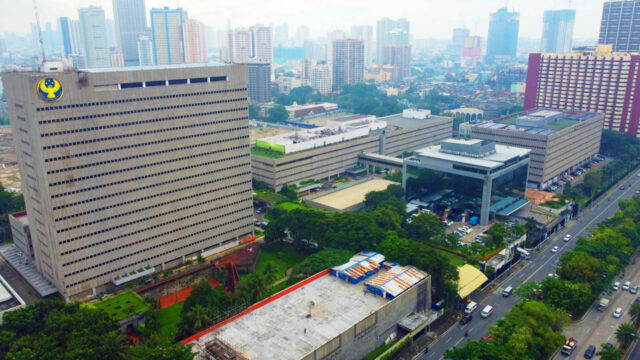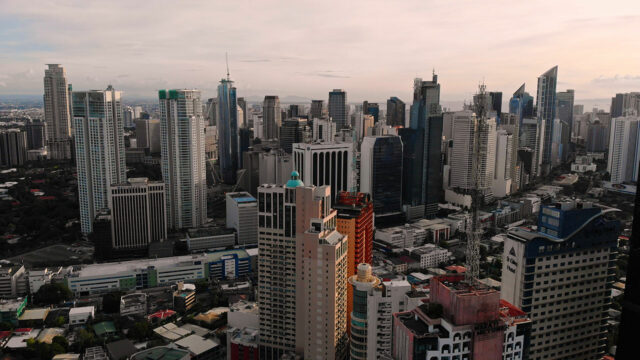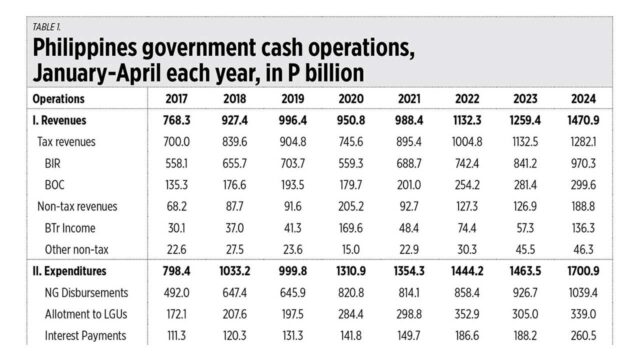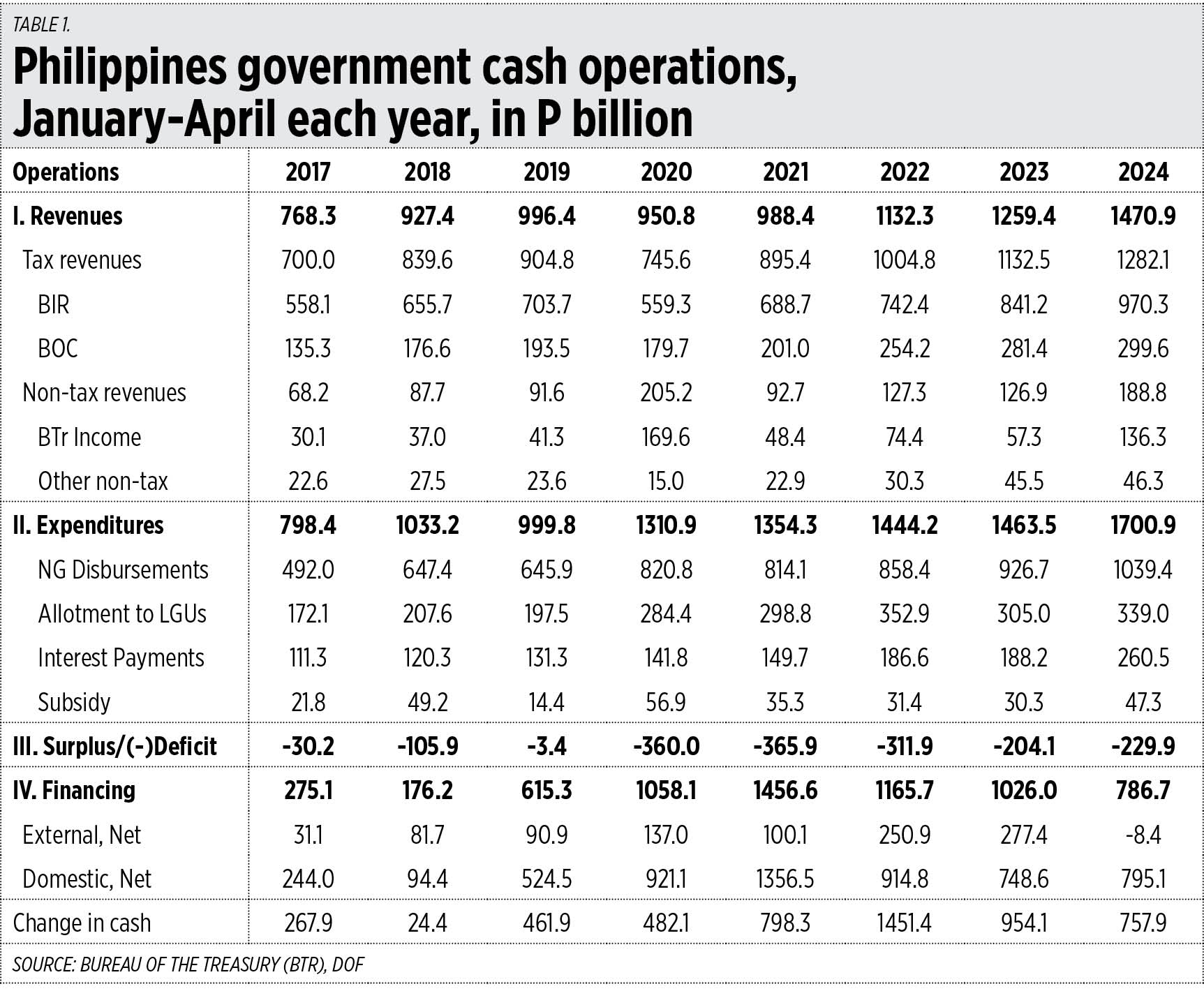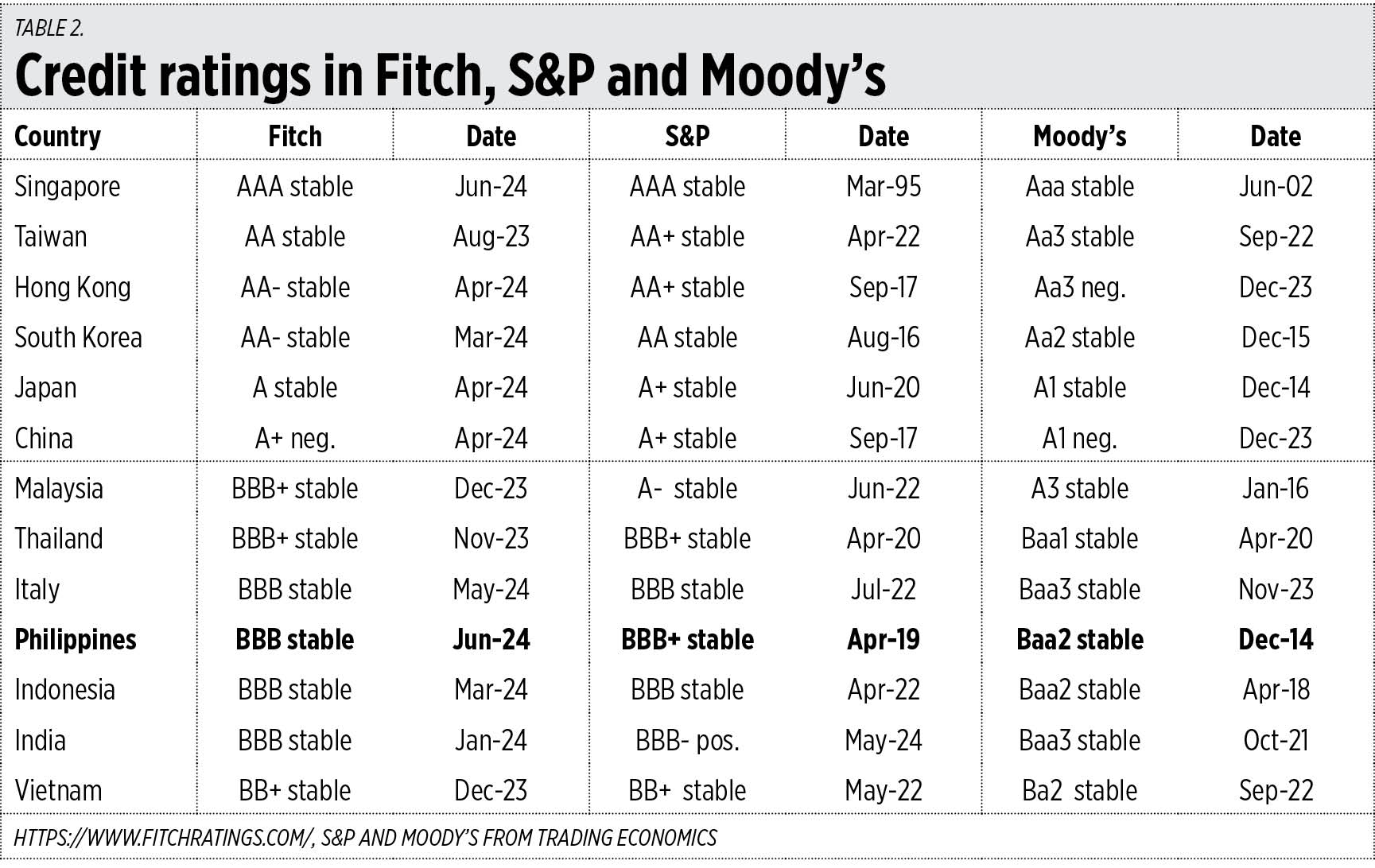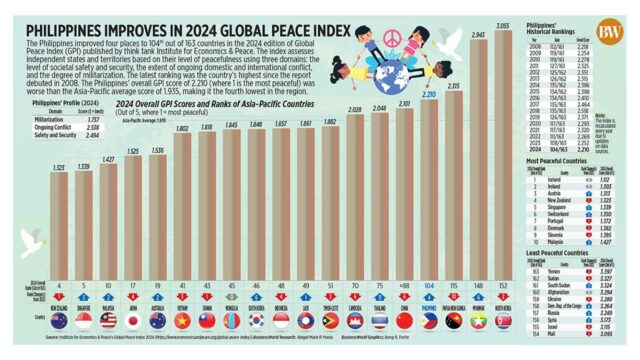Fête de la Musique takes over 100 stages for its 30th year in Philippines
FÊTE de la Musique is turning 30 in the Philippines. The global free music event from France has month-long activities that are ramping up to bring hundreds of artists to more than 100 stages nationwide.
The music festival’s Philippine edition, simply known as FDLM or Fête PH, is presented by Alliance Française de Manille, B-Side Productions, FunkyBeat Entertainment, and the Embassy of France to the Philippines. The multi-stage, multi-genre event will have live celebrations from June 21 to 29 in Metro Manila, Cavite, Laguna, Pampanga, Zambales, Baguio, Baler, Bicol, Mindoro, Palawan, Masbate, Cebu, Siargao, Cagayan de Oro, Davao, and South Cotabato.
“We will be breaking our record in terms of the number of stages and also the scope — this is the first time we’re having over 100 stages, coming from last year with only around 50,” said B-Side Productions’ Giselle Tomimbang, one of Fête PH’s co-producers, in a Zoom interview with BusinessWorld.
She added that the wider reach is “due to the South representing hard.” Davao in particular will have the longest celebration, for the full nine days.
“Back then it was Manila-centric, plus Baguio and Palawan. Now, I feel that it has really become more of a nationwide celebration, covering Luzon, Visayas, and Mindanao,” she said.
Fête de la Musique began as a music festival in Paris on June 21 (Fête’s official date) in 1982 and has since spread to 120 countries. This year’s edition in the Philippines kicked off on June 16 with its pre-Fête “Music Heals” gathering: a Medicine Music Circle, Ecstatic Dance, and Sound Bath, hosted by Lee Grane Musiq at Ayala Triangle Gardens.
“It’s an advocacy of ours to show that music is not only for partying and having fun, but also a means to nourish the mind, heart, body and soul,” said Ms. Tomimbang.
Noe Fuentes, cultural coordinator at Alliance Française de Manille, told BusinessWorld that they hope the 30th year can draw more people compared to the 25th anniversary in 2019, also the last Fête PH before the pandemic.
“We want to connect with a new generation of music-lovers every year. Of course, there’s nostalgia for people who’ve been going for a while, but the idea is to also connect with those Gen Zs in their early 20s,” he said via Zoom.
Since its first year in 1994, which used physical posters and flyers to draw a meager crowd of 40 attendees, Fête PH has evolved to promoting online.
As with every year, FDLM 2024’S main event will be the Main Stage, held at Greenbelt 3 park on June 21. It will boast a full day of music from Filipino artists SHANNi, Jason Dhakal x Lustbass, Sinosikat x Jose Miguel, Dwata, Jewelmer Jazz Band, Any Name’s Okay, Morobeats, Autotelic, and Dilaw.
To promote French-Filipino cultural exchange, major French act Pfel & Greem of C2C will grace the Fête PH stage. They are also set to perform at Mistral in Raffles Makati on June 20.
100 STAGES
It was in 2011 that Fête PH opened pocket stages, each organized by independent producers.
“We’ve been here for 30 years and the key to holding these multi-stage events is the strong partnerships. A lot of our partners have wanted their own Fête stage, in their own turf,” said Mr. Fuentes.
Ms. Tomimbang explained that with an “approach informed by inclusivity,” the chase of numbers always fell secondary to bringing music to all.
“There used to be a lot of active work to push for productions to independently put up pocket stages, but over the years people started to come to us, rather than us having to plead with them,” she said.
On June 28, the vibrant district of Poblacion in Makati City will be a musical haven, with over 41 multiple independently produced pocket stages simultaneously featuring various genres: the Blues, Soul & Funk Stage at H&J, the Acoustic Stage at Coro Hotel, the Rock Stage at Alibi Music Lounge, and the Reggae Stage at Handle Bar, just to name a few.
The Medicine Music Stage in Astbury and the Kirtan Stage featuring meditation & mantras at Gnostic will be new additions for FDLM 2024, in keeping with this year’s “Music Heals” advocacy.
Meanwhile, the Destination Stages will all happen between June 21 and 29, reaching Luzon, Visayas, and Mindanao. Some notable locations this year are Siquijor, a Fête PH first-timer, and El Nido, which will hold multiple stages on the same day.
“I think the shift to being nationwide has a lot to do with leaning into the fact we couldn’t celebrate in person together for a while in the pandemic. We leveraged that virtual musical journey that helped catalyze this spread,” said Ms. Tomimbang.
“This time I feel that there’s so much more diversity,” she added.
SONIK Philippines will also be returning for the second SONIK SESSIONS FETE, a conference that educates both the business and artist sides of the Philippine music ecosystem. The SONIK SOIREE is happening on June 22 at Astbury, featuring Gwen Sharp of The Green Room France.
Fête PH is free and open to all. For the lineup of events, visit their pages on Facebook, Instagram, and TikTok. — Brontë H. Lacsamana





